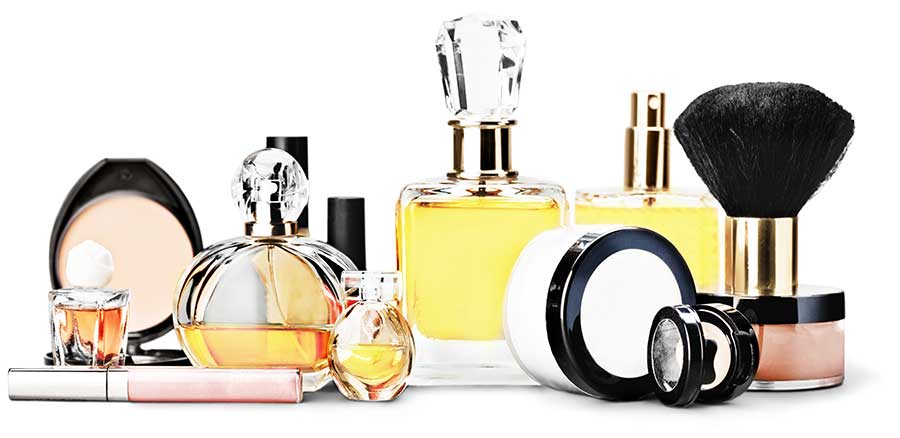FDA’s guidance documents, do not establish legally enforceable responsibilities; however, the guidance documents describe the FDA’s current thinking and should be viewed only as recommendations, unless regulatory or statutory requirements are cited.
The predecessor to the new guidance, FDA’s “Cosmetic Good Manufacturing
Guidelines/Inspection Checklist,” was based on documents and information dating before the early 1990’s. Much of the material in the previous guidance has become outdated.
Additionally, there has been a great deal of progress in developing international consensus standards for cosmetics by the ISO which is a non-governmental organization that develops and publishes international consensus standards. In developing this guidance, FDA has incorporated elements of ISO 22716, as appropriate, and consistent with FDA regulations.
The Federal Food, Drug and Cosmetic Act prohibits the introduction, or delivery for introduction, into interstate commerce of cosmetics that are adulterated or misbranded (Section 301 of the FD&C Act).
- · A manufacturer can reduce the risk of adulterating or misbranding cosmetics by following the GMP recommendations in this guidance. If so, you can conduct a self-inspection to rate your operations.
- · Tampering and other criminal, or terrorist activity that can also have a direct impact on your products’ quality. To help minimize these risks we recommend that you consult the FDA guidance document “Guidance for Industry: Cosmetic Processors and Transporters of Cosmetics Security Preventive Measures Guidance.”

